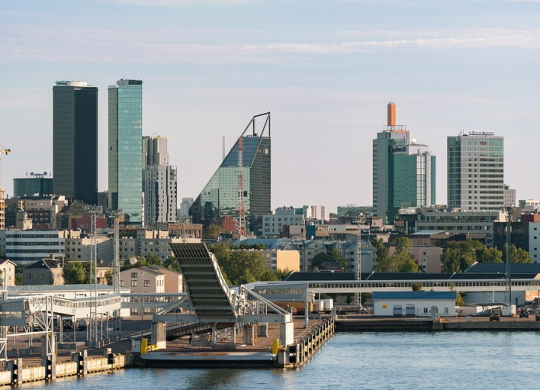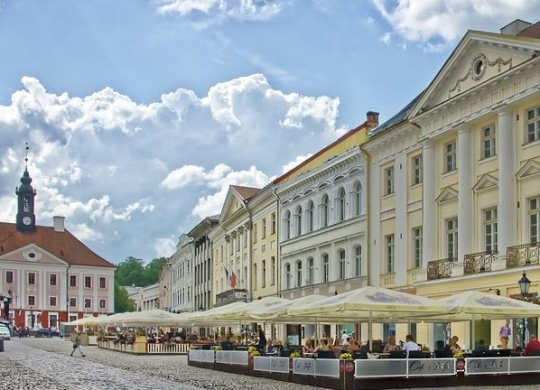Features of moving to Estonia for permanent residence: the pros and cons of life, how to get a residence permit

Estonia is a little another state which is quite noticeable due to the big number of the unicorn-companies per capita. Moreover, it embodies the idea of a highly progressive digital country: elections here take place online and all state data is stored in blockchain. Rapid development, carefully protected ecology, high living standards, low level of crime, rich culture, and EU-member status makes Estonia attractive. Besides that its IT orientation provides great opportunities and a pretty comfortable life.
Pros and cons of living in Estonia
Estonia is a perfect example of post-soviet countries' development perspectives and effective state fostering with due respect to its cultural heritage. Neat cities, convenient transportation, and an advanced system of digital document circulation and services make living comfy and modern. Whereas the state's population isn't high. By the 2020 population census, Tallinn hosts about 500 000 people.
Among the prominent advantages of moving to Estonia is the:
- The moderate, calm rhythm of life and lifestyle with the high culture of communication;
- Digital integration into all state processes provides convenience within every sphere of life;
- Advanced system of social benefits and incentives;
- Qualitative medical care;
- Fast launch of start-ups;
- Easy integration for foreigners: the majority of locals know English. Yet the samely commonly known Russian is not to be used. Despite current events in Ukraine Russian speakers will be either ignored or politely asked to get out;
- Getting a Schengen visa which opens doors to all European countries.
Still, there are some shortfalls. For example:
- Difficulties with long-term residency legitimization (i.e. getting KMA or citizenship);
- Expensive meals and accommodation due to average salary rates;
- Undeveloped online marketplaces and offline shopping malls;
- Language barrier. However most of the locals know several European languages, and living, working, and getting citizenship in Estonia requires knowledge of the state language which is quite uneasy to learn.
Fun fact: there are 14 cases in the Estonian language. And no concept of the Future tenses. Thus all plans here are facts. A simple phrase that speaks about one's plans here will be, for example, “I drink coffee with you tomorrow.
The procedure of getting a residence in Estonia
The procedure of getting a residence permit in Estonia doesn’t have many differences from similar processes in other countries. Foreigners have to obtain a temporary residence permit (TRP), live on the state’s territory for 5 years, and apply for a permanent residence permit (KMA).
TRP offer is limited by quota: not more than 0,1% of the population (which equals 1400 people approx). The basis for residence permit can be the following:
- contract-based official employment;
- getting a high education at the local establishments;
- launching a business;
- marriage or family reunion;
- taking part in a start-up.
To get KMA one must comply with the following:
- pass an exam that proves knowledge of the language (B1 at least), constitution, and history of Estonia;
- live within the state for 5 years due temporary residence permit. Note that leaving the country should not be longer than 90 days within 6 months and not more than 10 months within 5 years);
- prove possession of legitimate income and accommodation.
Can it be easier?
Yes. Estonia is an IT country. Therefore qualified specialists are always needed and welcomed. So the easiest way of moving to Estonia for IT-pro is to get a job at the local company (or Estonian branch of any existing firm), to launch a business or a start-up. Furthermore, the government actively supports entrepreneurs and investors by sparing legal entities from paying business income taxes and creating appropriate conditions for running a business. For example, launching an Ltd-type company requires authorized capital for 2500 euros only.
Recommended articles
2 min
Residence permit
5 min
Residence permit
5 min
Residence permit
All materials and articles are owned by VisitWorld.Today and are protected by international intellectual property regulations. When using materials, approval from VisitWorld.Today is required.

